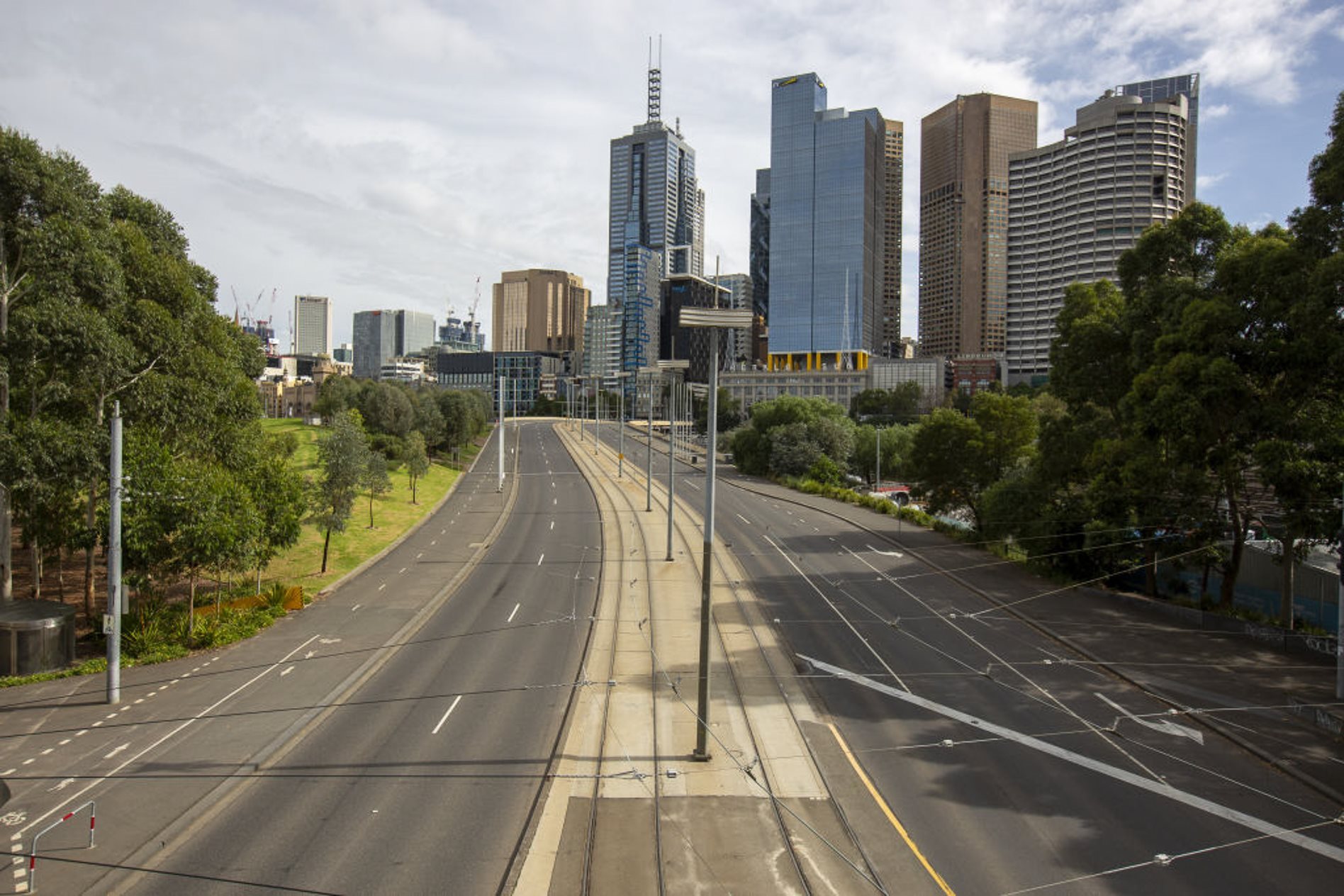
Snapshot
- Annual road toll up to 1126 deaths in 2021
- Year-on-year increase of 1.4 per cent
- Regional Australia accounts for nearly two-thirds of road deaths
More Australians have died on the road in a lockdown-impacted 2021 than the year prior, leading peak bodies to call for a new approach in how we look at traffic incidents.
A total of 1126 road users have lost their lives on local roads this year, a 1.4 per cent increase over 2020 despite more states being locked down harder and for longer.
While the annual road toll is lower than the pre-COVID 2019 count of 1182, the increasing levels can be largely attributed to Queensland, as the Sunshine State recorded 291 deaths this year – more than any other state or territory and an increase of 10.2 per cent. It is tracking towards its highest number of fatalities in over a decade.
| Jurisdiction | 12 months to Nov 2021 | 12 months to Nov 2020 | Increase | Percentage Increase |
|---|---|---|---|---|
| National | 1,126 | 1,110 | 16 | 1.4% |
| NSW | 266 | 291 | -25 | -8.6% |
| VIC | 230 | 216 | 14 | 6.5% |
| QLD | 291 | 264 | 27 | 10.2% |
| SA | 100 | 98 | 2 | 2.0% |
| WA | 159 | 158 | 1 | 0.6% |
| TAS | 35 | 38 | -3 | -7.9% |
| NT | 35 | 38 | -3 | -7.9% |
| ACT | 10 | 7 | 3 | 42.9% |
Deaths of drivers has gone up slightly to 1.5 per cent, massively offset by a drop in fatalities for passengers (-6.7 per cent), pedestrians (-0.7 per cent) and cyclists (-23.9 per cent).
However, despite accounting for less than 10 per cent of all road users, motorcyclists were involved in just under 20 per cent of Australia’s fatal incidents, with 219 riders dying in 2021 – a 15.9 per cent jump over the year prior.
Australian Automobile Association (AAA) Managing Director, Michael Bradley, says the Government’s Vision Zero target of no deaths or serious injuries by 2050 still has a long way to go given the current lack of action to make immediate changes.
| Road User | 12 months to Nov 2021 | 12 months to Nov 2020 | Increase | Percentage Increase |
|---|---|---|---|---|
| Driver | 550 | 542 | 8 | 1.5% |
| Passenger | 180 | 193 | -13 | -6.7% |
| Pedestrian | 135 | 136 | -1 | -0.7% |
| Motorcyclists | 219 | 189 | 30 | 15.9% |
| Cyclist | 35 | 46 | -11 | -23.9% |
“Australia’s worsening road toll reflects poorly on our chaotic national approach to road safety, which has been shown by recent inquiries and reviews to still lack clarity and coordination,” said Bradley.
“National road trauma data collection and reporting remains shambolic, and ministers considering Australia’s overdue National Road Safety Strategy 2021-2030, need to prioritise this issue.
“At a time when Australians have daily reporting of COVID infections, hospitalisations, deaths, and vaccinations split by age, gender, and jurisdiction, nobody knows how many Australians were seriously injured on our roads last year, let alone the interventions likely to deliver improvements in the future.
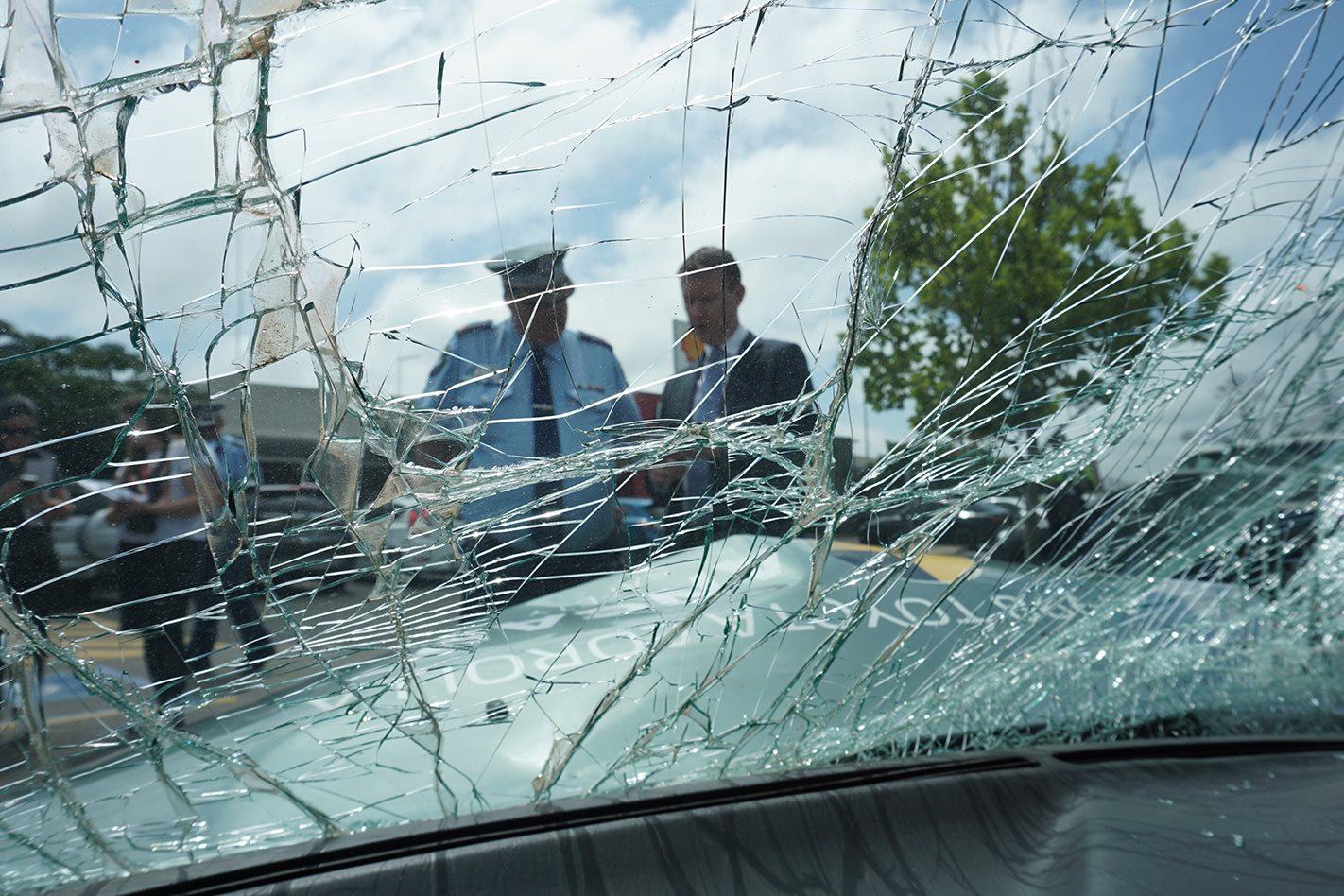
“Road trauma has killed more than 1000 Australians every year since 1935, however national data coordination problems continue to thwart evidence-based policy and well-targeted funding.
“Australia’s data-driven response to COVID shows what’s possible within our federation and what governments should aspire to in road safety.”
The AAA also said regional Australians are five-times more likely to die on the road than their metropolitan counterparts, with regional accidents accounting for 62 per cent of all national fatalities despite making up only 28 per cent of the population.
In an effort to reduce traffic incidents, the Australian Government has mandated autonomous emergency braking (AEB) for all new cars from 2023 while also floating a proposal to introduce mandatory lane keeping assist from 2024.
On top of the possible technology mandates, crash testing authority ANCAP has been implementing stricter parameters for its tests, forcing manufacturers to make larger investments in vehicle safety if they want to retain a five-star rating.
We recommend
-
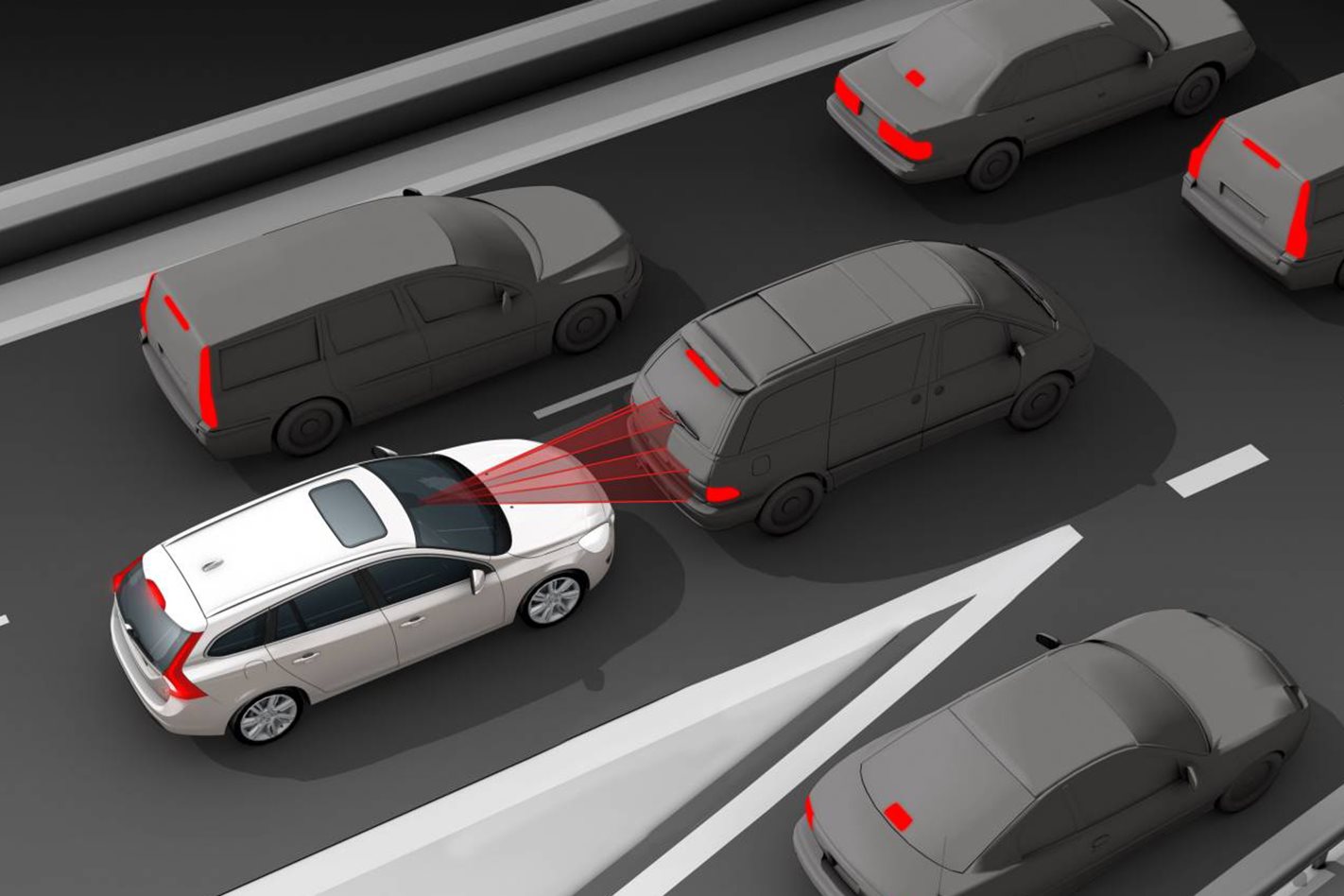 News
NewsAutonomous Emergency Braking mandated on new cars from 2023
Future vehicles will feature AEB technology by law to reduce road accidents
-
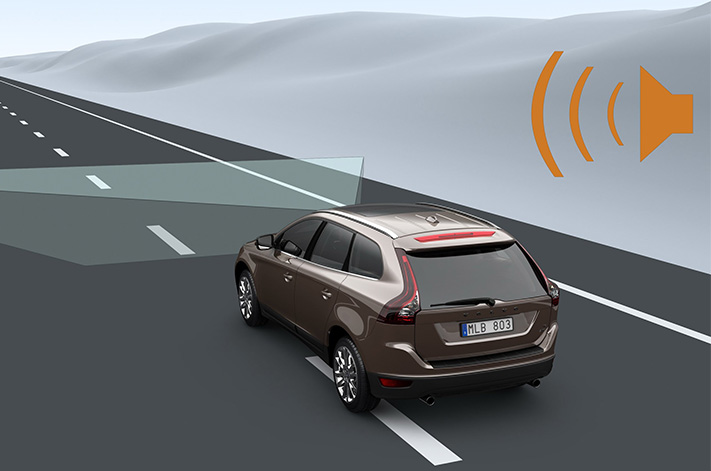 News
NewsMandatory Lane Keeping Assist proposed on new cars
The Federal Government is planning to introduce compulsory lane keep technologies from 2024
-
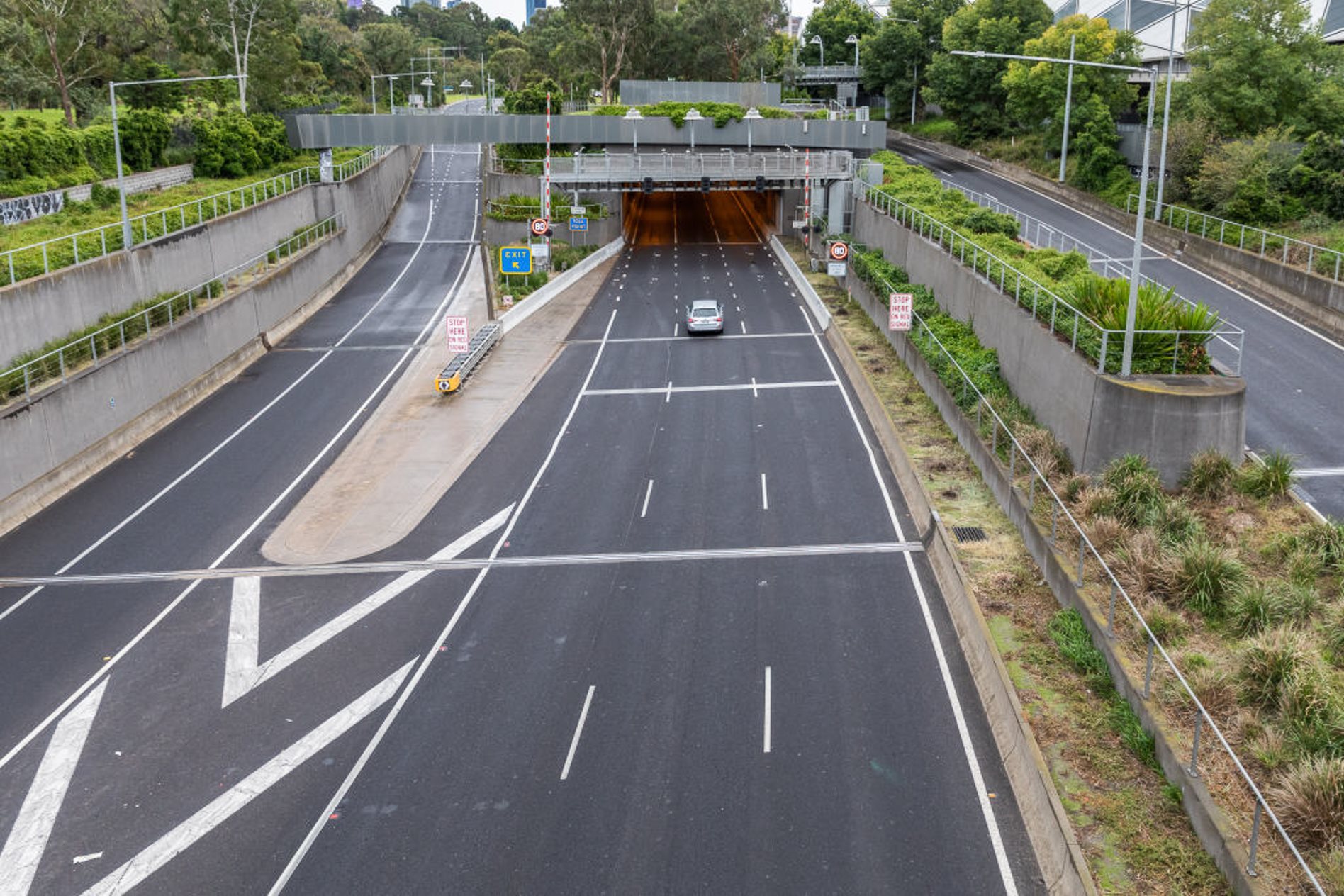 News
NewsHas lockdown impacted Australia's road toll?
With peak hour traffic already a distant memory, you'd think there would be fewer fatal accidents, right?




